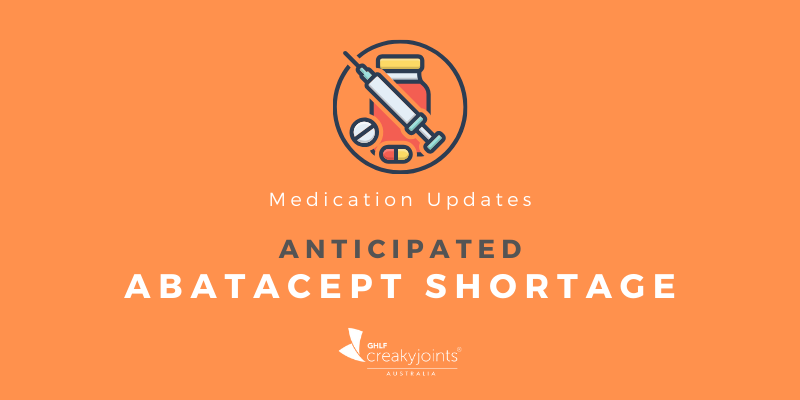Dupuytren’s Contracture Treatments
Currently, there are different treatments depending on the severity of the symptoms. You should speak to your physician to see what is right for you.
Physical and occupational therapy for Dupuytren’s
At the early stages of Dupuytren’s stretching with the application of heat and ultrasonographic waves may be helpful. The physical therapy also may recommend a custom splint or braces to stretch the fingers further. Range of motion exercises should also be performed several times a day.
For later stages of Dupuytren’s people can go through a course of occupational therapy, this is to learn adaptive techniques and begin to use assistive devices that enhance functional abilities. For example, adaptive equipment can help a patient to open jars, despite contractures.
Dupuytren’s Contracture Medications
Corticosteroid injection
This can alleviate some pain as well as some tightness. However, corticosteroids are associated with a high risk of complications, including fat atrophy and skin discoloration. Also, intralesional injection of corticosteroids can result in tendon rupture.
Collagenase injection
In February 2010, the US Food and Drug Administration (FDA) approved collagenase Clostridium histolyticum (brand name Xiaflex) for the treatment of Dupuytren’s by relieving the underlying tightness in the affected finger.
5-Fluorouracil
5-Fluorouracil (brand name Adrucil) has been shown to cause a dose-dependent, selective and specific decrease in collagen production. This treatment may be used as therapy before or after surgery.
Other treatments for Dupuytren’s Contracture
Radiotherapy
Radiotherapy can be effective in slowing disease progression in the early stages of Dupuytren contracture but was not effective in advanced disease. Radiotherapy did not reduce the rate of surgical intervention and was associated with a high rate of negative effects.
Hyperbaric oxygen
Hyperbaric oxygen is another theoretical therapeutic option. This treatment is still in the research stage and is still not a viable treatment for Dupuytren’s.
Surgical therapy
The goal of surgical care is to remove the underlying cause of the stretching and to help prevent progression of the disease (fasciectomy). You should be referred to a hand surgeon if the contracture is more than 30º. As with all elective surgeries, your age, comorbid conditions, and ability to comply with postoperative care and rehabilitation also determine whether surgery is appropriate.
It is important to note that a study in patients with a contracture of 20° or more in a single finger found no significant differences in outcome after 1 year between the 69 patients randomized to drug treatment and the 71 patients randomized to surgery. In both groups, 90% of patients had full extension of the treated joint.





